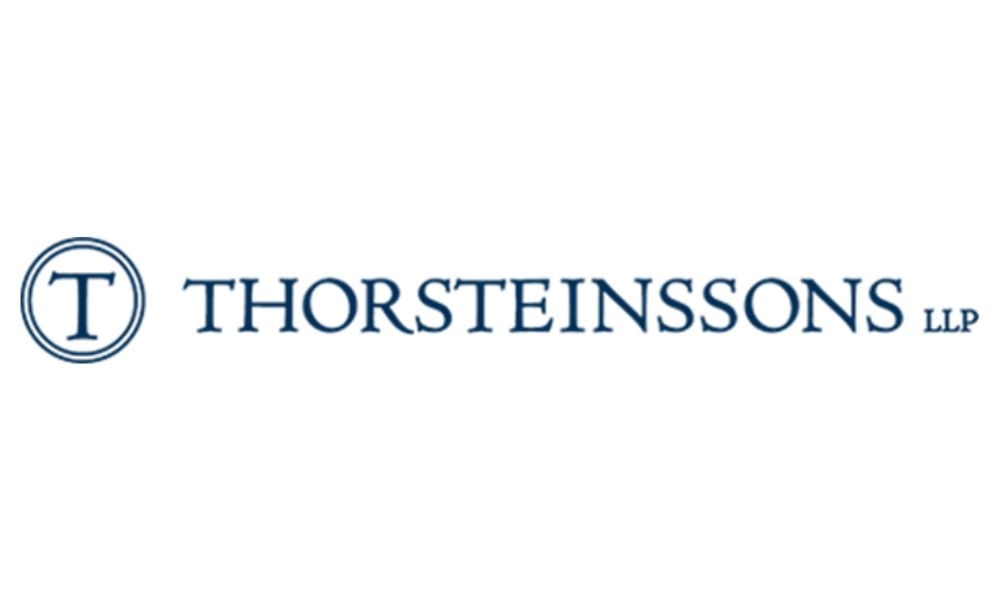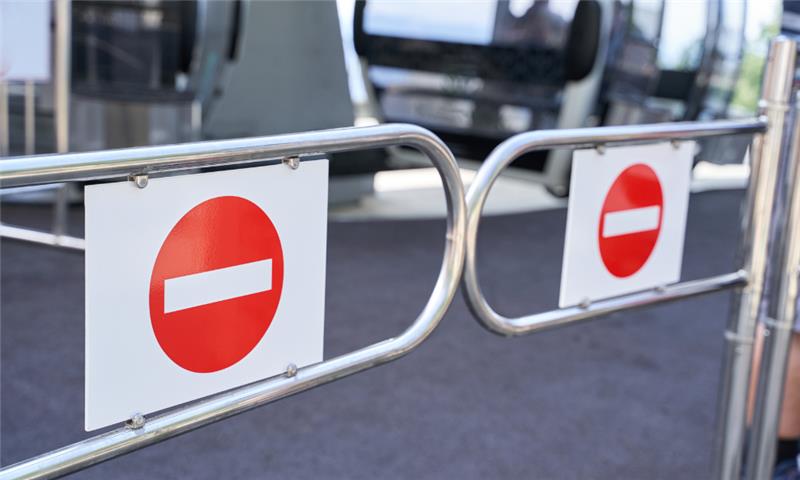Filing a notice of objection is the first step a taxpayer must take to dispute an assessment or reassessment issued by the Minister of National Revenue (the “Minister”). Failure to follow the proper procedural rules for filing an objection can result in the taxpayer losing their right to dispute the (re)assessment.
This post focuses on the rules governing objections filed under the federal Income Tax Act (“ITA”). The rules for filing objections under other statutes (such the Excise Tax Act or provincial tax statutes) are generally similar, but may not be precisely same as the ITA’s rules and thus are not covered in this blog.
What triggers the need for an objection
After a taxpayer files their income tax return for a taxation year, the Canada Revenue Agency (“CRA”) will issue a “Notice of Assessment” setting out, among other things, the taxpayer’s income and taxes payable for that year. If the CRA subsequently audits the taxpayer and decides to adjust any amount shown on that original assessment, it will issue a “Notice of Reassessment” to the taxpayer. Both the original assessment and any reassessment can be the subject of a notice of objection, and as discussed below, the issuance of the (re)assessment typically starts the clock on the deadline for filing a notice of objection.
In some situations, a (re)assessment will result in no taxes, penalties, or interest being payable for the relevant taxation year. This is called a “nil assessment”. No objection can be filed in respect of a nil assessment. This includes situations where a taxpayer is in a loss position for the year.
In that circumstance, however, the taxpayer can request that the Minister issue a Notice of Determination of the taxpayer’s loss for the year, pursuant to subsection 152(1.1) of the ITA. The Minister is required to issue the Notice of Determination if and when requested. The taxpayer can then object to the Notice of Determination as if it were a Notice of Reassessment, pursuant to subsection 152(1.2). Alternatively, the taxpayer can claim the loss in a different year and, if the CRA rejects that claim (in whole or in part), file an objection to the (re)assessment of that other year (provided it is not also a nil assessment).
The Minister can also issue Notices of Determination in other circumstances (such as to a partnership, or when the Minister applies the general anti-avoidance rule). These determinations can also be objected to, but may involve additional procedural steps which are beyond the scope of this post.
If a taxpayer has objected to a (re)assessment for a particular taxation year and a new reassessment is issued in respect of that year, the previous (re)assessment and related objection are rendered null and void. A new objection must thus be filed to the new reassessment if the taxpayer still wishes to dispute the adjustments made by the previous (re)assessment. Often, that further objection disputes adjustments made by both the original and new (re)assessments.
When to file an objection
Under subsection 165(1) of the ITA, the deadline to file a notice of objection in respect of a (re)assessment is as follows:
- For individuals (other than trusts) or graduated rate estates, the deadline to object is the later of: (a) one year after the taxpayer’s filing-due date for the taxation year (usually April 30th of the following year for individuals); and (b) 90 days after the date of the assessment, reassessment, or determination.
- For all other taxpayers, the deadline to object is 90 days after the date of the assessment, reassessment, or determination.
If the objection deadline is missed, taxpayers may be able to apply for an extension of time to file an objection pursuant to section 166.1 of the ITA. In order for an extension request to be granted, the application must:
- set out the reasons why the objection was not filed within the required deadline (s. 166.1(2));
- be sent to the proper address, as set out below (s. 166.1(3));
- include a copy of the notice of objection itself (s. 166.1(3));
- be made within one year of the objection deadline set out above (s. 166.1(7)(a));
- demonstrate that, within the standard objection deadline set out above, the taxpayer was either unable to act to file the objection or had a bona fide intention to file an objection (s. 166.1(7)(b)(i));
- demonstrate why it would be just and equitable in the circumstances for the extension of time request to be granted (s. 166.1(7)(b)(ii)); and
- be made as soon as the circumstances permit (s. 166.1(7)(b)(iii)).
All of these conditions must be met for a “late-filed objection” to be accepted. Countless taxpayers have been denied on the basis that their application was made after the one-year extension request deadline had expired.
If the application for an extension of time is refused, taxpayers can appeal that decision to the Tax Court of Canada within 90 days, pursuant to section 166.2 of the ITA.
What to put in an objection
Taxpayers can use the CRA’s Form T400A to prepare and file their objection, but this is not required. So long as the objection is in writing and meets all other procedural requirements, it can generally take any form. A taxpayer must object to each taxation year they wish to dispute, which can be done via a single objection or in separate objections for each year.
Under subsection 165(1), the notice of objection must set out the reasons for the objection and all relevant facts. For “large corporations” (as defined in subsection 225.1(8) of the ITA), additional details are required to be included in the objection, as set out in subsection 165(1.11) of the ITA. A discussion of these additional details for large corporations is outside the scope of this post.
Where to file an objection
Under subsection 165(2) (and subsection 166.1(3), in the case of a late-filed objection), a notice of objection must be served “by being addressed to the Chief of Appeals in a District Office or a Taxation Centre of the Canada Revenue Agency and delivered or mailed to that Office or Centre.” Objections can be delivered to the CRA in-person at a Tax Centre or Tax Services Office. However, these locations may not have a drop box for delivering documents, or the drop box may be closed. It is therefore generally recommended to file a notice of objection by mail.
Presently, all objections filed by mail should be sent to the CRA at the following address:
Chief of Appeals
Appeals Intake Centre
1050 Notre Dame Avenue
Sudbury, ON P3A 5C1
The CRA recently changed this mailing address with little to no advance warning; the correct mailing address should therefore be confirmed before filing an objection. The correct address is shown, for example, on Form T400A.
How to file an objection
Pursuant to paragraph 248(7)(a) of the ITA, anything sent “by first class mail or its equivalent” is deemed to have been received by the recipient on the day it was mailed. “First class mail” has been held to include Canada Post’s registered mail and “lettermail” (essentially ordinary mail) services, and the CRA also views it as including courier services. Therefore, a notice of objection sent by ordinary mail is deemed to have been served on the Minister on the day of mailing.
If an objection is not physically delivered to the CRA, or the CRA misplaces the objection, taxpayers who use ordinary mail may have difficulty proving that they in fact sent their objection to the CRA. Registered mail and courier are thus safer options, as they provide a record of the mail being sent, a tracking feature, and confirmation of delivery.
After filing an objection
In our experience, it may take upwards of four to eight weeks from the date an objection is filed for the CRA to acknowledge receipt. Taxpayers may wish to contact the CRA if no acknowledgement is received in that timeframe (which might come through the CRA’s online “My Account” or “My Business Account” portals), to ensure that the objection was received by the CRA.
Depending on the complexity of the objection, it may take a year or more after an objection is filed for a CRA appeals officer to be assigned to review the objection.
Once an objection is filed, the CRA is generally precluded from taking collection action until the objection (and any appeal to the Tax Court) is resolved. However, for “large corporations”, the CRA is entitled to collect 50% of the amount under dispute immediately.
Notwithstanding the filing of an objection, interest at the prescribed rate will continue to accrue on the assessed liability. Paying the amount owing will stop interest from accruing on that amount, and does not constitute an admission that the reassessment is correct. If a taxpayer is wholly or partially successful on an objection (or further appeal), any “excess” amount paid by the taxpayer will be refunded by the CRA, with interest.
Conclusion
Properly filing a notice of objection with the CRA is generally a simple procedural step in the tax dispute process. However, failing to properly adhere to the strict statutory rules can result in a taxpayer wholly losing their rights to dispute a (re)assessment. Taxpayers should therefore take great care to ensure that objections have been properly filed with, and received by, the CRA.
***

Tyler Berg is an Associate working in the Vancouver office.
Tyler attended the Peter A. Allard School of Law at the University of British Columbia, where he completed the Juris Doctor program and the Business Law Concentration. He competed in the Bowman National Tax Moot and the Hockey Arbitration Competition of Canada in 2016/17. Tyler was called to the BC bar in 2018 and is now a litigation associate at Thorsteinssons LLP in Vancouver.
Tyler represents taxpayers in disputes involving income tax, GST/HST, and various provincial taxes, from audit through to court. He has appeared for clients in the Tax Court of Canada, Federal Court, and Federal Court of Appeal.
Tyler completed the CPA In-Depth Tax Program in 2022.





